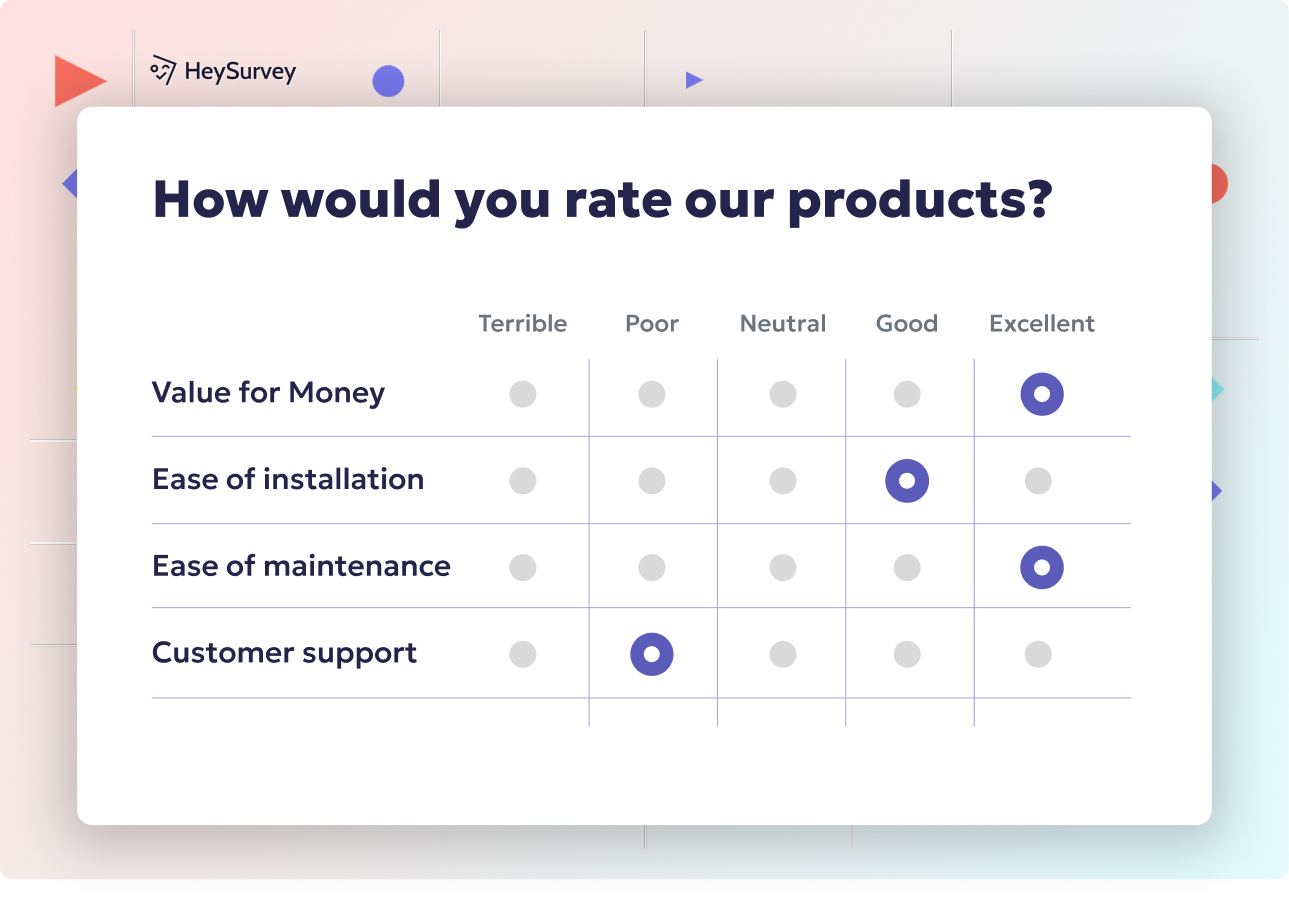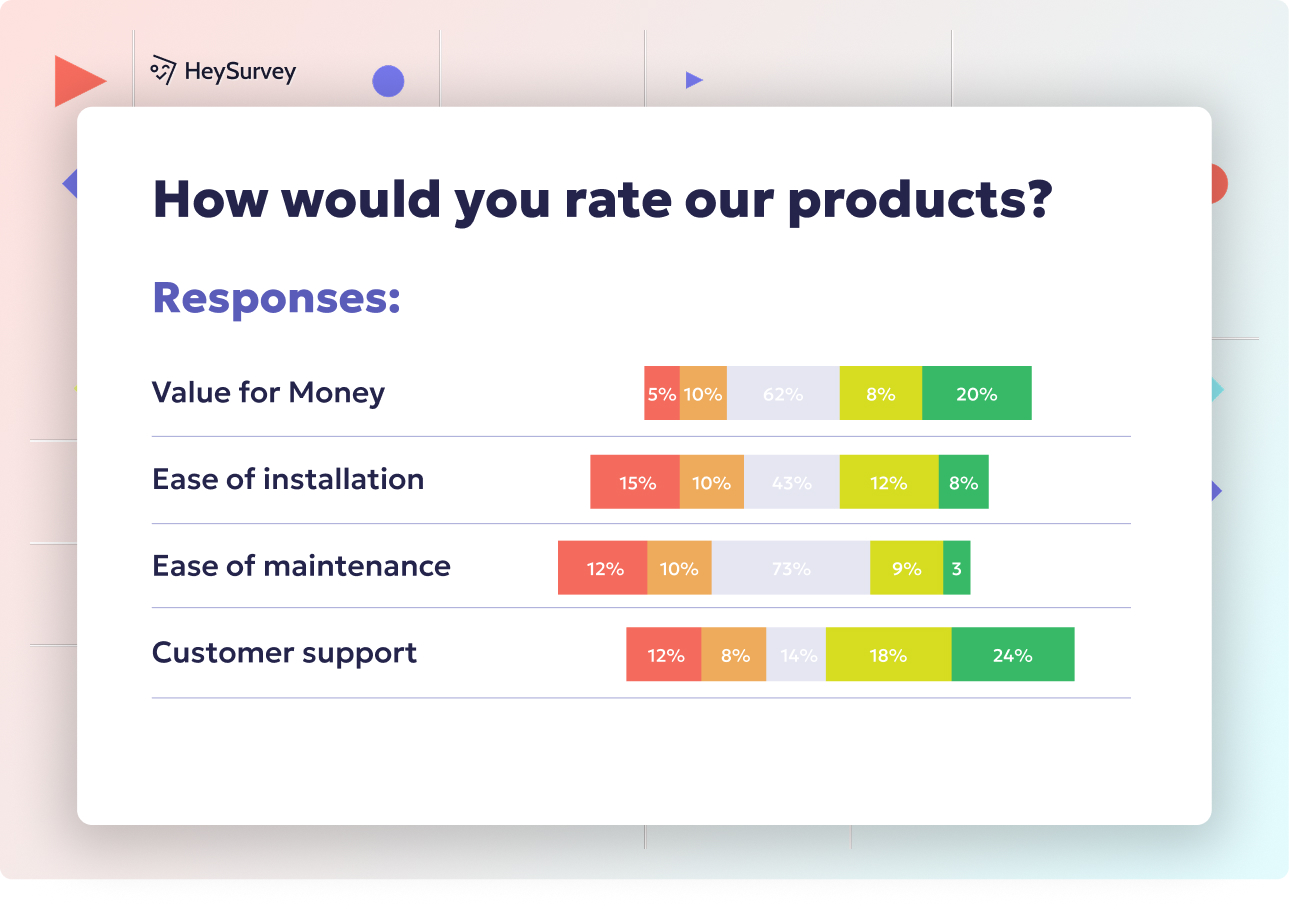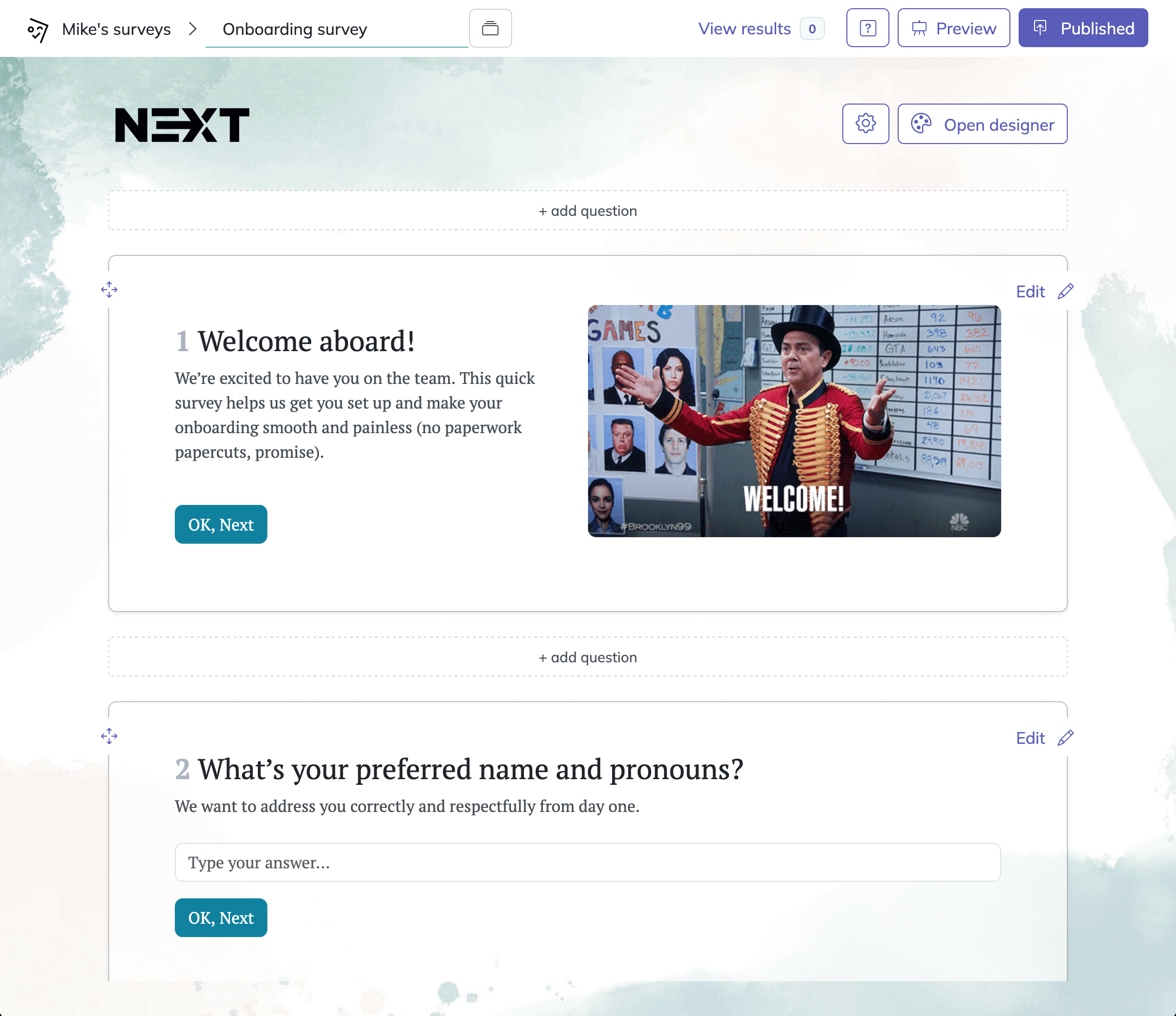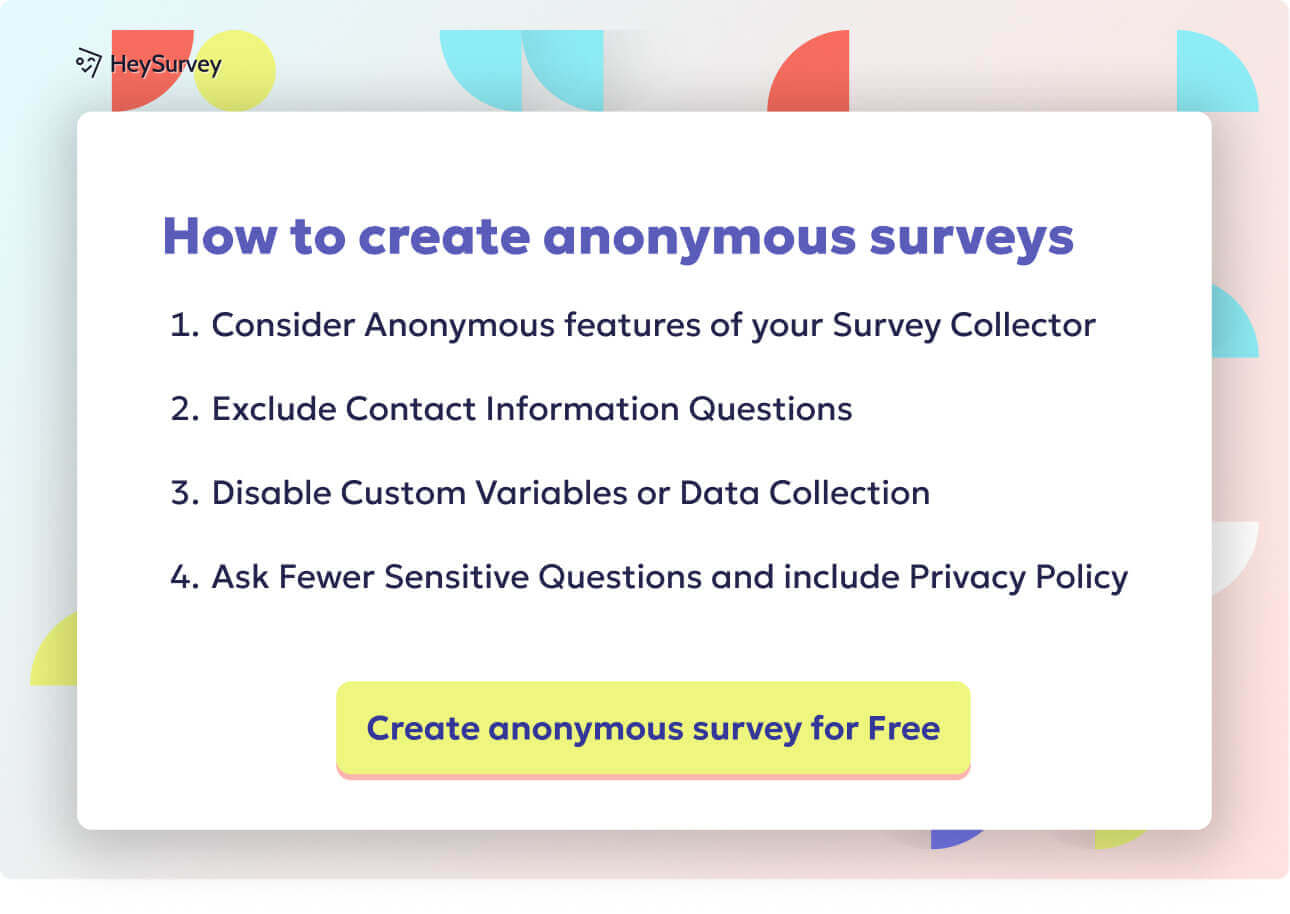31 Change Management Survey Questions: Types, Uses & Tips
Discover 40 change management survey questions across 8 key types to boost adoption, measure impact, and drive successful organizational change.
Change management lives or dies by the quality of the questions you ask. Surveys act as the high beams for leaders steering an organization through choppy waters. When crafted with care, they reveal where energy, anxiety, and opportunity lurk—and give priceless clues on when to nudge, when to pivot, and when to celebrate. In this guide, we’ll walk through eight game-changing survey types, learn when each can supercharge your change program, and uncover best practices for writing questions that unlock honest responses (and skip the survey snooze-fest).
Pre-Change Readiness Survey
Why & When to Use
Launching a new change initiative without a pre-change readiness check is like skydiving without glancing at your parachute. Assessing readiness cuts through guesses and finds out if your organization is truly prepped for takeoff. This survey is best sent before a project or transformation begins, so you can map out baseline attitudes.
A thorough readiness survey: - Reveals where enthusiasm burns hot—or cool—and why - Surfaces information and resource gaps undermining confidence - Pinpoints pockets of doubt before they turn into roadblocks
By measuring these factors early, you can prioritize communication, training, and leadership interventions exactly where they're needed. Plus, charting your baseline gives you a yardstick for later, making it easier to demonstrate ROI—or diagnose what’s slowing momentum.
5 Sample Questions
On a scale of 1–10, how urgent do you believe this change is for our organisation?
Which of the following statements best describes your understanding of the upcoming change?
What resources or information do you need to feel prepared for the transition?
How confident are you that leadership will support employees throughout this change?
What is your biggest concern as we start this initiative?
A readiness survey is your “before” picture—skip it, and you’ll never know how far you came.
Pre-change readiness surveys can enhance employee engagement and improve the quality of data collected, leading to more effective change management strategies. (knoll.com)

Creating your change management survey with HeySurvey is a breeze—even if you’re new to the game. Just follow these 3 simple steps and you’ll be gathering insights in no time:
Step 1: Create a New Survey
- Head over to HeySurvey and click Create New Survey.
- Choose whether to start from scratch with an empty sheet or select a pre-built template to get a head start.
- Give your survey an internal name so you can easily find it later.
Step 2: Add Questions
- Click Add Question at the top or between existing questions.
- Pick the best question type for your needs—like multiple choice, scale, or open text.
- Type in your question, add descriptions if needed, and mark mandatory questions so respondents won’t skip them.
- You can also add images or reorder questions to keep things engaging and logical.
Step 3: Publish Survey
- Once your questions look good, hit the Preview button to see your survey from a respondent’s view.
- Make any final tweaks using the Designer Sidebar if you want to spruce up the look.
- When you’re happy, click Publish and grab a shareable link. You’ll need an account to publish and collect responses, but signing up is quick and free.
Bonus Step: Apply Branding
- Personalize your survey by adding your company logo to the top left corner.
- Use the Designer Sidebar to choose colors, fonts, and backgrounds that match your brand vibe.
Bonus Step: Define Settings
- Open the Settings Panel to set your survey’s start and end dates—perfect for time-sensitive initiatives.
- Limit the number of responses if you want to cap participation.
- Add a redirect URL to lead respondents to a thank-you page or next steps after submission.
Bonus Step: Skip Into Branches
- Make your survey smarter with branching logic—send respondents down different paths depending on how they answer specific questions.
- Customize endings with tailored messages and images, creating a more engaging experience.
Ready to dive in? Click the button below to kick off your change management survey with a ready-to-go template on HeySurvey.
Stakeholder Analysis Survey
Why & When to Use
No change lands the same for every team. Stakeholder analysis helps you discover who stands to win, who might resist, and who holds the real influence. This survey should be deployed early—ideally during the initial planning phase.
Mapping your stakeholders: - Uncovers silent supporters and vocal skeptics - Highlights departments or roles with outsized impact on adoption - Clarifies who can champion the change—and who needs extra TLC
Knowing where support lies and where resistance smolders means you can: - Target communications for maximum effect - Recruit the right ambassadors - Build bridges before you spark bonfires
5 Sample Questions
How directly will the change affect your daily responsibilities?
Rate your current level of support for the proposed changes.
Which factors would most increase your willingness to champion the change?
Whose opinion would most influence your stance on this project?
What barriers could hinder your department’s adoption?
With a sharp stakeholder snapshot, you’re ready to outmaneuver resistance and turbocharge early buy-in.
A study found that the Stakeholder Quality Improvement Perspectives Survey (SQuIPS) effectively identifies stakeholder concerns, enabling leaders to adjust interventions for better adoption. (pmc.ncbi.nlm.nih.gov)
Change Impact Assessment Survey
Why & When to Use
Change hits hard in some corners—and barely rustles others. An impact assessment survey unmasks how deep and wide your program will reach, letting you size up risk (and reward) with open eyes. Deploy this survey once your high-level plan is sketched out, but before the details are locked in.
This survey uncovers: - How much disruption teams expect - Where workflows might get bumpy - Which KPIs are at stake and for how long
You can then: - Fine-tune timelines, budget, and resources to fit real needs - Set leadership expectations for temporary dips or customer friction - Avoid nasty surprises on go-live day
5 Sample Questions
Which existing workflows will require modification due to the change?
Estimate the expected learning curve for your team (days/weeks).
What potential productivity dips do you foresee during transition?
Which KPIs could be temporarily affected?
Which customer touchpoints might experience disruption?
With the right impact insights, you’ll outpace pitfalls and keep your initiative humming.
Communication Effectiveness Survey
Why & When to Use
Clear communication is the magic sauce in any change program. A communication effectiveness survey acts as your internal rumor radar, showing if your messages land—or get lost in translation. The best timing? Send it during rollout, and more than once if the change journey is long.
This pulse check accomplishes plenty: - Reveals which channels cut through the noise—and which miss - Identifies common questions and where confusion lingers - Uncovers opportunities to tweak frequency or tone
With this knowledge, you can: - Give people the right details, at the right time, in their favorite format - Stamp out confusion before it deepens - Keep everyone feeling included, informed, and inspired
5 Sample Questions
Have you received sufficient information about the change’s objectives?
Which communication channels have been most helpful?
Rate the clarity of leadership’s messaging about timelines.
What unanswered questions do you still have?
How frequently would you like updates?
A strong communication survey keeps your change story compelling—never confusing.
Effective communication of an organization's mission, vision, and goals is the strongest predictor of successful change management, accounting for 53.43% of the variance in change management effectiveness. (academia.edu)
Training Needs & Capability Survey
Why & When to Use
Even the best new tech or process will flop if skills lag behind. A training needs survey spots weak spots before you go live, making your learning plans razor sharp. Deploy this ahead of major tool or process launches—ideally after initial demos or awareness sessions.
This survey lets you: - Gauge confidence and spot anxiety among teams - Prioritize which skills or tools need extra focus - Decide on training formats that’ll actually stick
You can then: - Offer bite-sized, relevant instruction—not one-size-fits-none workshops - Empower people before confusion (and grumbling) sets in - Spend less on blanket training, and more on high-impact help
5 Sample Questions
How confident are you in using the new tools introduced by this change?
Which training formats (in-person, e-learning, job aids) do you prefer?
How much time can you realistically devote to training each week?
What prior experience do you have with similar tools/processes?
List the top three skills you feel you need to develop.
Pinpoint needs early, and training becomes jet fuel—not an anchor.
Change Fatigue & Sentiment Survey
Why & When to Use
After multiple change programs, even the hardest-charging teams can hit a wall. The change fatigue survey is your early-warning system for burnout, cynicism, or quiet disengagement. Deploy it during busy rollouts, major reorganizations, or after a series of smaller changes.
This crucial report card: - Monitors for signs of exhaustion before they balloon into bigger problems - Gathers real sentiment, not just spin - Surfaces ideas for rekindling energy and engagement
Leaders can: - Slow the pace when needed—or add support where fatigue spikes - Tailor communications with more empathy (and less spin) - Sustain momentum without running your team ragged
5 Sample Questions
How often have organisational changes affected you in the past 12 months?
Rate your current level of change-related stress.
Do you feel you have adequate support to manage simultaneous changes?
What signs of ‘change fatigue’ are you experiencing?
What would help restore your energy and engagement?
Spot fatigue early, and you’ll keep spirits—and results—soaring, not sagging.
Post-Implementation Adoption & Sustainability Survey
Why & When to Use
Going live is just the beginning. The adoption and sustainability survey tracks whether people actually use (and like) the shiny new process or system—well after the party streamers fall. Deploy it 30–90 days after go-live, so teams have time to adjust.
This survey will: - Reveal real-world results—not just rosy predictions - Surface stubborn roadblocks and lingering frustrations - Highlight unexpected wins worth broadcasting
You can then: - Tweak support models or training in real time - Spotlight and spread emerging best practices - Quantify which benefits came to life—and which flopped
5 Sample Questions
How frequently are you using the new process/system?
What challenges are you still encountering?
Which benefits have you experienced since implementation?
How likely are you to recommend the new approach to peers?
What additional support would improve your adoption experience?
With good adoption data, you celebrate wins and stay nimble for round two.
Leadership Alignment & Support Survey
Why & When to Use
Even the best program wobbles without leaders cheering—and modeling—the desired change. A leadership alignment survey checks if executives and managers walk the talk, nudging teams forward together. Deploy this mid-rollout and after any big announcement, especially if uptake seems slow.
This lens gives you: - A clear read on how visible (and believable) leadership commitment really is - Honest feedback from teams about what’s missing - Insight into how to rally visible, top-down support
With this, you can: - Coach leaders to amp up their presence (or tweak their messaging) - Course-correct if teams spot hypocrisy or confusion - Strengthen your “why” at every level
5 Sample Questions
How effectively do leaders communicate the strategic importance of this change?
Do you receive timely feedback from managers regarding adoption progress?
Rate the extent to which leaders demonstrate the new behaviours.
What further actions should leadership take to support teams?
How transparent are decision-makers about challenges or setbacks?
Nail down leader alignment, and you’ll find change flows farther—and faster.
Dos and Don’ts for Crafting High-Impact Change Management Survey Questions
Even the best survey ideas can backfire if you flub the basics. Great survey questions are clear, concise, and actionable—they gather real insight, not eye-rolls.
Do: - Align every question to a measurable objective - Use language your audience knows—ditch jargon and ambiguity - Balance scales or multiple-choice with a few open-ended gems
Don’t: - Jam in duplicate or filler questions just to hit a quota - Phrase questions so obviously that “yes” seems the only right answer - Ignore privacy—promise confidentiality and stick to it
Other best practices: - Pilot your survey with a handful of volunteers and adjust wording for clarity - Keep surveys as short as possible (aim for 5–10 questions) - Always close the loop—show people how their answers shape next steps
Craft each question like it’s a golden ticket—to insight, trust, and ultimately, a smoother change journey.
Conclusion
Strategic surveys are your secret weapon for driving genuine change. By thoughtfully deploying the right question sets at the right time, you put data at the heart of every decision. It’s not about ticking boxes—it’s about building trust, boosting adoption, and scoring lasting wins. So sharpen those questions, listen closely, and let the transformation begin.
Related Employee Survey Surveys

29 Essential Post Mortem Survey Questions for Project Success
Discover 25+ essential post mortem survey questions to improve projects, boost team morale, and d...

31 Change Readiness Survey Questions to Boost Your Success
Discover 25+ sample change readiness survey questions to assess attitudes, barriers, and confiden...

31 Retreat Survey Questions to Collect Actionable Feedback
Discover 26 essential retreat survey questions to gather actionable feedback before, during, and ...
